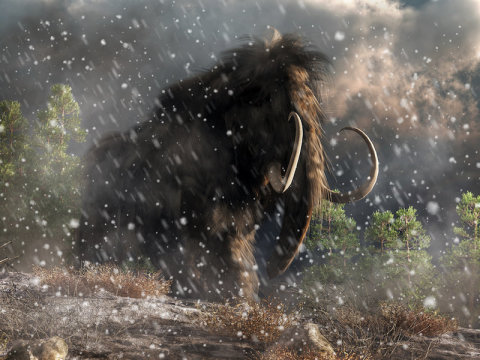The last woolly mammoths lived on Wrangel Island in the Arctic Ocean; they died out 4,000 years ago within a very short time. An international research team from the Universities of Helsinki and Tübingen and the Russian Academy of Sciences has now reconstructed the scenario that could have led to the mammoths' extinction. The researchers…
Read more
The last mammoths died on a remote island










